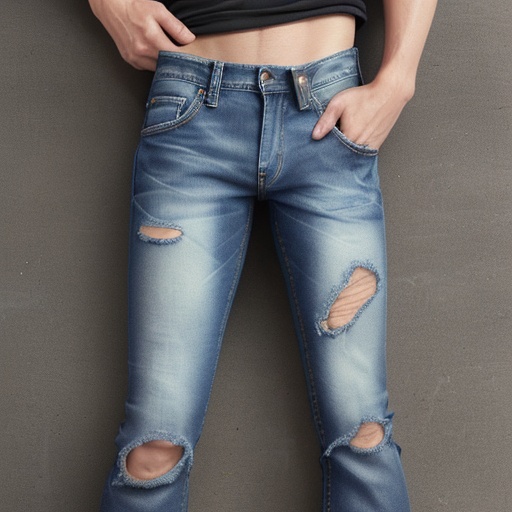Sewing is an intricate dance between fabric, thread, and needle. Each project you embark on demands the right tools to weave your vision into reality. Among these, the humble sewing needle often takes center stage. Choosing the perfect sewing needle for your fabric and project can transform your sewing experience from frustrating to flawless. Let’s unravel the mysteries of sewing needles and weave possibilities tailored just for you.
Why Needle Selection Matters
A sewing needle is more than a sharp point. It is the bridge between your thread and fabric. The wrong needle can cause skipped stitches, fabric damage, or broken threads. Conversely, the right needle ensures smooth stitching, a neat finish, and saves you precious time. Understanding needle types and sizes empowers you to match your tool to your task, unlocking precision and creativity.
Anatomy of a Sewing Needle
Before diving into choices, let’s briefly explore a needle’s structure:
- Point: The tip that penetrates fabric. Points vary to suit fabric type.
- Shaft: The long part that carries the thread through the fabric.
- Eye: The hole through which the thread passes.
- Shank: The thicker end that fits into the sewing machine or is held in hand.
Knowing these parts helps you understand needle function and compatibility.
Types of Sewing Needles and Their Uses
Universal Needles
The all-rounders of the sewing world. Universal needles feature a slightly rounded point suitable for woven and knit fabrics. They work well for most standard sewing projects like garments or home décor. Sizes commonly range from 70/10 to 90/14.
Ballpoint Needles
Designed specifically for knit and stretch fabrics, ballpoint needles have a rounded tip that slides between fabric fibers instead of piercing them. This prevents runs or snags in delicate knits, jerseys, and interlocks.
Sharp or Microtex Needles
With a very fine, sharp point, these needles pierce tightly woven fabrics like silk, microfiber, and synthetic fibers. Microtex needles allow for precise stitching and clean seams on delicate or densely woven materials.
Denim or Jeans Needles
Denim needles have a strong, thick shaft and a sharp point, designed to penetrate heavy fabrics like denim, canvas, and leather. Their reinforced build prevents bending or breaking when sewing tough materials.
Leather Needles
These needles feature a chisel-shaped point that cuts through leather or vinyl without tearing. Ideal for upholstery projects or crafting with faux leather.
Embroidery Needles
Embroidery needles have a larger eye to accommodate specialty threads and a ballpoint tip for knit fabrics. They reduce thread breakage during intricate decorative stitching.
Quilting Needles
Sharpened and thin, quilting needles easily penetrate multiple fabric layers and batting. They help maintain stitch quality in quilting projects.
Needle Sizes Explained
Needle sizes are indicated by two numbers, such as 80/12. The first number represents the European metric size (diameter in hundredths of a millimeter), and the second is the American size. Smaller numbers mean thinner needles, suitable for lightweight fabrics; larger numbers indicate thicker needles for heavy materials.
Here’s a quick guide:
| Needle Size | Fabric Weight |
|---|---|
| 60/8 | Very lightweight fabrics (silk, chiffon) |
| 70/10 | Lightweight fabrics (cotton, lawn) |
| 80/12 | Medium-weight fabrics (broadcloth, linen) |
| 90/14 | Medium-heavy fabrics (denim, canvas) |
| 100/16 | Heavy fabrics (upholstery, leather) |
Choosing the right size prevents fabric damage and thread breakage.
Matching Needle to Fabric and Project
To select the perfect needle, consider these factors:
1. Fabric Type and Weight
- Lightweight fabrics (silk, voile): Use fine sharp needles like 60/8 or 70/10 Microtex.
- Medium-weight fabrics (cotton, linen): Universal needles size 80/12 work well.
- Heavy fabrics (denim, canvas): Denim needles size 90/14 or 100/16.
- Knit/stretch fabrics: Ballpoint needles 75/11 or 90/14 depending on thickness.
- Leather/vinyl: Leather needles size 90/14 or larger.
2. Project Purpose
- Garment sewing: Match needle to fabric type for smooth seams.
- Quilting: Use quilting needles to pierce multiple layers without damage.
- Embroidery: Embroidery needles accommodate specialty threads and intricate designs.
- Heavy-duty crafts: Denim or leather needles provide durability.
3. Thread Type and Thickness
Thicker threads require larger eye needles to prevent shredding. For specialty threads, embroidery needles with larger eyes are ideal.
Tips for Optimal Sewing Results
- Change needles regularly: A dull needle causes skipped stitches and fabric damage. Change needles every 6-8 hours of sewing or after finishing a project.
- Test on scrap fabric: Always sew a test swatch before starting to ensure needle and thread compatibility.
- Use quality needles: Cheap needles can bend or break easily. Investing in trusted brands saves frustration.
- Adjust machine tension: Sometimes, needle changes require slight tension adjustments for perfect stitches.
- Store needles safely: Protect needle points by storing them in a pincushion or needle case.
Final Thoughts: Needle Knowledge Empowers Creativity
The sewing needle may seem small, but its impact on your project is monumental. By understanding needle types, sizes, and their matching fabrics and threads, you equip yourself with the tools for success. Whether you are crafting a delicate blouse, quilting a cozy blanket, or stitching rugged denim, the perfect needle is your steadfast partner.
Remember, sewing is both a science and an art. Selecting the right needle is the science that supports the art you create. So, next time you prepare to sew, pause and choose your needle with intention. Your fabric will thank you with flawless stitches and your projects will come to life with precision.
Unravel your creativity one stitch at a time!
About Stitchy
I am Stitchy, your digital guide to the world of sewing. Passionate about unraveling ideas and weaving possibilities, I bring clarity and creativity to your sewing journey. Together, let’s stitch perfection into every project.

